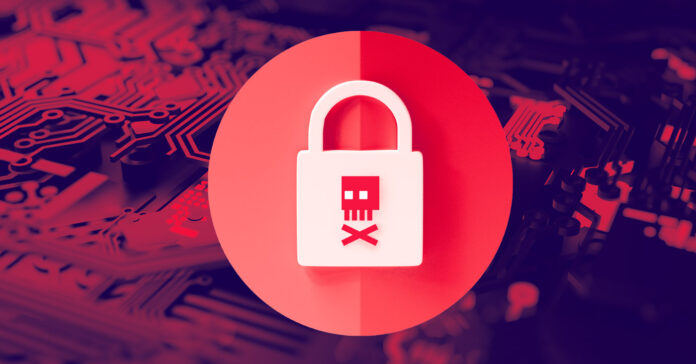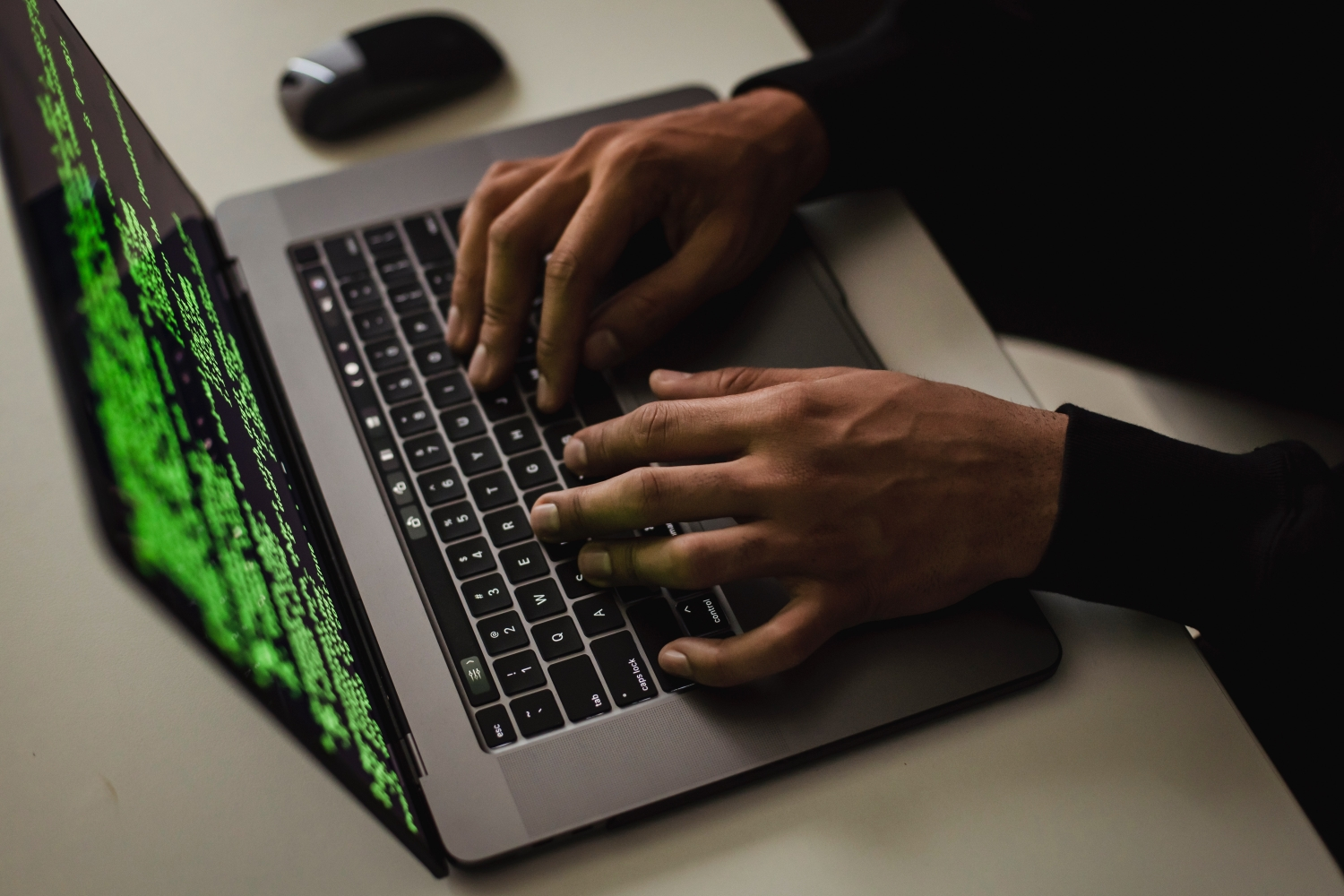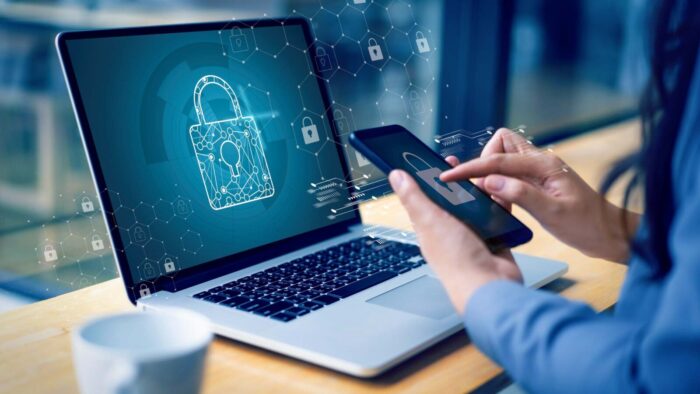
The myth that Mac computers are invincible to cyber threats has been untrue for decades now, but many Mac owners continue to use their devices without care. Unfortunately, Mac-targeting malware has been on the rise recently, partially because of government-sponsored attacks from places like Russia and China and partly because cyber criminals have access to generative AI tools that make writing malware for Macs much faster and easier. These days, Mac users need to exercise as much caution online as PC users — but many don’t know how.
For those Mac users new to cyber hygiene, here are a few tips for avoiding malware and staying safe while using the web.
Learn to Recognize Risky Messages and Links

While malware can lurk in almost any corner of the web, the fact is that the vast majority of malware attacks on home users come in the form of malicious messages. Spam emails and direct messages on social media sites can include links and attachments that result in malware downloads, so Mac users must learn to identify which messages are dangerous and which can be trusted. Some signs of a risky message include:
Coming from an unknown source. Users should always employ greater caution when interacting with messages from strangers, especially if those strangers have unconventional names or email addresses filled with odd characters. This isn’t a surefire way to identify malicious messages — friends and family can be hacked and their accounts used to disperse malware — but it is a reliable method of staying safe.
Using poor grammar and spelling. Often, malicious messages come from outside English-speaking countries, which means the language they use in the text of the message is likely to be poorly translated and riddled with errors.
Including threats or unusual requests. Most companies do not want to alienate customers with any kind of negative language. If a message includes some kind of threat, users should be extra suspicious and carefully read and reread the text to find any inconsistencies or other red flags. If the threat seems credible, users should reach out to the company using the contact information found independently — never clicking links contained in the message.
Never Download Pirated Software
Apple is notoriously tight-fisted regarding which apps it allows users to access through its App Store — and for a good reason. Apple wants to make sure that any programs that can be downloaded onto their devices are completely safe, as it is easier than users may expect to secret malicious code into an otherwise practical and attractive application. This is exactly what many cybercriminals do to software available for download around the web — which is why Mac users need to avoid these seemingly free programs at all costs.
Though it might be tempting to avoid the expenses of software — especially as more software companies offer their products a service rather than for a flat rate — pirated programs are almost certain to include some type of malware within them. It can be difficult even for robust antivirus tools for Mac to defend against threats that users willfully put on their own devices, so if Mac users do nothing else, they should opt not to engage with any type of third-party download service online.
Keep the OS and Every App Updated

Over time, every program develops vulnerabilities that hackers can exploit to gain access to devices, networks, and data. The only way to close these gaps in security is with software patches. Developers will regularly release updates to their programs, which users are expected to download and install as soon as possible — but many users continuously put off installing necessary updates because it can temporarily impair the functionality of their device.
Fortunately, Mac users can set software updates to download and install when they are not using their computers. Because updating applications, especially the macOS, is such a critical component of cybersecurity, Mac users cannot neglect automatic updates.
Enable Two-Factor Authentication (2FA)
Two-factor authentication (2FA) is a critical layer of security for Mac users. By enabling 2FA on their online accounts, users add an extra barrier against unauthorized access. This method typically involves receiving a one-time code on their mobile device or email, which they must enter alongside their password to log in. Even if malicious actors manage to obtain a user’s password, they won’t gain access without this second factor. Mac users should activate 2FA wherever it’s available, especially for email, social media, and financial accounts. This simple step significantly reduces the risk of unauthorized account access and potential data breaches.
Use a Reputable Antivirus Program

In addition to practicing safe online habits, Mac users should invest in a reputable antivirus program specifically designed for macOS. While Macs are less susceptible to malware than some other platforms, they are not immune. A robust antivirus software can provide real-time protection by scanning for and blocking potential threats. It also offers regular updates to stay ahead of emerging malware. It’s essential to choose a well-known antivirus solution from a trusted provider to ensure the highest level of security. Regularly scan your Mac for malware, and keep the antivirus program up to date for maximum protection.
Beware of Social Engineering Attacks
Social engineering attacks are manipulative tactics used by cybercriminals to deceive individuals into revealing sensitive information or performing actions that compromise their security. Mac users must remain vigilant and skeptical when encountering unexpected or suspicious requests, whether via email, phone calls, or other communication channels. Phishing emails, for instance, often mimic reputable sources, aiming to trick users into divulging login credentials or personal data. Be cautious of unsolicited messages requesting sensitive information and never share personal details or passwords unless certain of the request’s legitimacy.
Mac users are more vulnerable to attack than ever, not least because so many remain ignorant of the risks they are taking as they navigate the web. With a few key changes to their behavior, Mac users can regain the security they deserve and enjoy the use of superior computing devices.
















